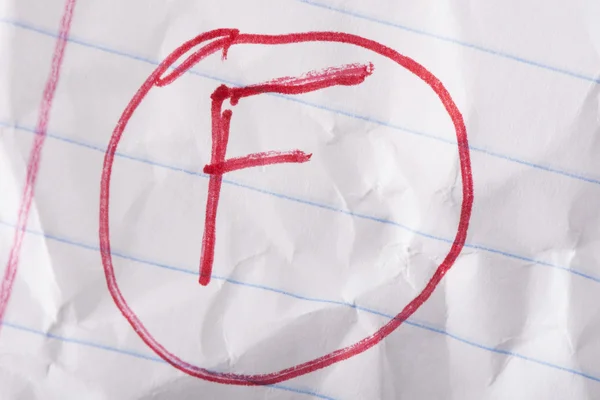Social media consent becomes the new get-out-of-jail free card
When talking about “social media consent” you have to wonder if consent even exists anymore. If anyone else has access to certain content, then the original owner’s ability to give consent for the content going public has been lost. When consent is lost, unfortunate repercussions can take place.
This photo has caused an uproar in our student body and community, that have left many frustrated and upset over the picture and want the student to be held accountable. Martinez has come forward to the University and has expressed what was written was without her consent, as was the photo taken of her showing the racist remarks.
In social media, condemn others without knowing the full context of what is being depicted. Our criminal justice system is based on the idea that all are innocent until proven guilty. Sadly, this thought doesn’t transcend into the world of tweets, Instagram photos and Snapchat videos. We need to be more open-minded when it comes to social media and remember that things aren’t always as they appear.
Chico State is conducting an investigation on this issue, but many still feel like Chico State isn’t doing enough. However, I think the university put its best foot forward in addressing this situation. The university wrote an email to students and staff members addressing this conflict, posted updates on social media, listened to complaints and opinions of those who contacted the university, and obtained permission from the student to share limited details we otherwise would not have known.
In situations like these, the university must comply with certain privacy constraints and adhere to the rules of the investigation. Therefore, the university will not be able to share more details of the investigation and/or consequences. Nonetheless, I have faith that if this student is found to have been aware of the writing and the picture, then the right ramifications will take place.
On the other side of the photo’s consent is the person who uploaded the picture. Who gave him/her consent to post it? Instead of putting the picture online they could have easily contacted the university and its staff, but alternatively, they chose to make this picture public. In doing so, they spread misinformation and put an alleged victim of cyberbullying in the spotlight. When you think about it there is little difference between the person who posted this photo and nosy high schoolers spreading rumors.
In my opinion, the person at fault here is the person who uploaded the photo. This episode reminds us that we have little control when it comes to the permanence of technology and its lasting effects. Hopefully, this event has served as a reminder of the technological downside of social media in its lack of consent.
Brooke Martin can be reached at [email protected] or @theorion_news on Twitter.










